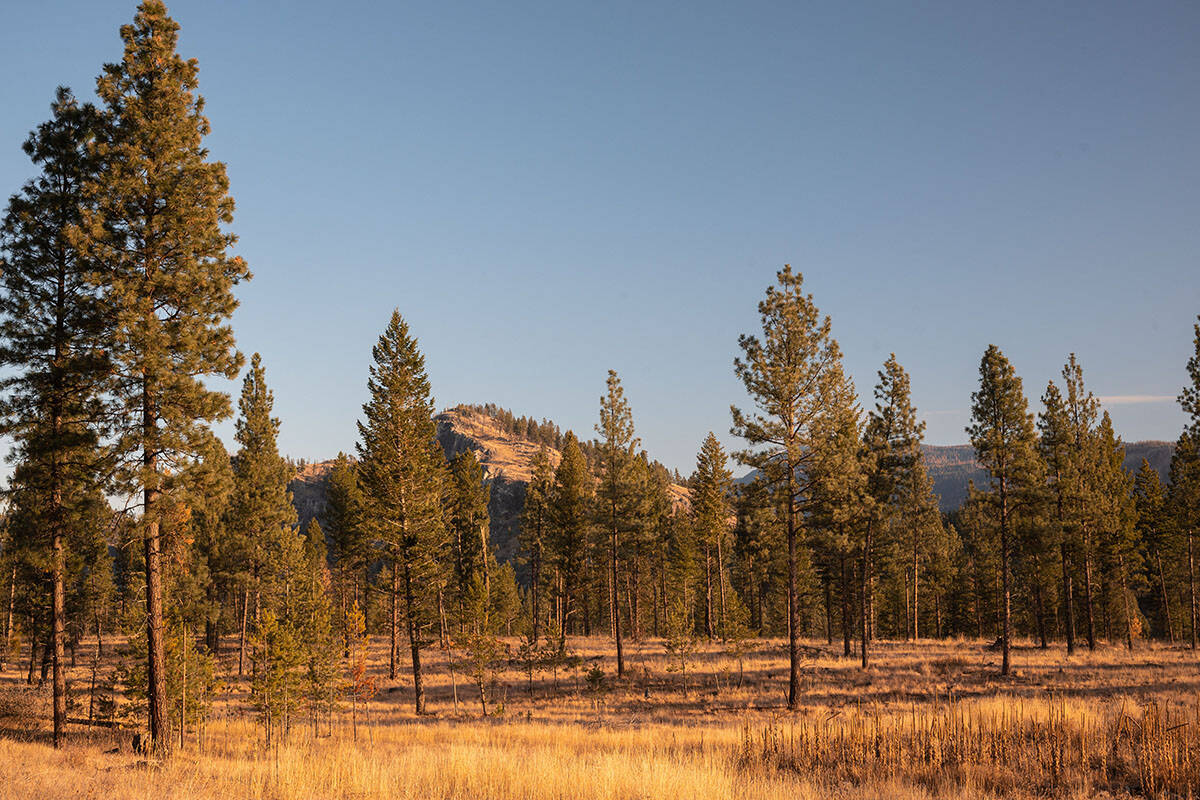Climate change and biodiversity loss in Canada tops the main concerns for the National Nature Conservancy to mark Canadian Environment week
“Wildlife and people look for the same things. They look for good quality land and good quality soil,” vice president Nancy Newhouse told Black Press Media in a phone interview Thursday (June 3).
Roughly two years ago, the government committed to protecting 25 per cent of Canada’s lands and oceans by 2025. It is possible to meet Canada’s conservation targets by then — but it will take a lot of work, Newhouse said. This looks like a concerted effort to make conservation the priority of everyone: corporations, governments and individuals.
In November 2021, the feds announced a $460-million investment to protect 22 national wildlife areas over a five-year period. About 13.5 per cent of land was conserved in Canada by the end of 2021, according to a government report, and roughly 12.5 per cent of that land had protected area status.
The conservancy’s primary task is creating conservation solutions with Indigenous nations, governments and private companies that hold Crown land tenure, she said. Collaborative decision making takes time to get right, she said.
“We are able to bring financial resources to the table to help solve these kind of complex land problems in a way that leaves the parties involved as whole as we can,” Newhouse said.
ALSO READ: Nature Conservancy of Canada adds 126 hectares to Osoyoos land reserve
For example, the NCC’s statement on Canadian Environment week highlighted a conservation plan by the Tahltan Nation, which the NCC collaborated on alongside the province and Skeena Resources Ltd., a Vancouver-based mining company. The conservation project protects 3,500 hectares of land at the Tenh Dzetle Conservancy located in northwestern B.C.
Meanwhile, the NCC is working in southeastern B.C. with the Ktunaxa Nation to protect the Qat’muk, an area located within the Purcell Mountain range. The Ktunaxa successfully applied to make the area an Indigenous Protected and Conserved Area (IPCA) in 2019.
While the Ktunaxa are working to formally establish the IPCA, the province is halting any new developments on 62,500 hectares of land overlapping with the Qat’muk, according to the NCC.
Vancouver-based mining company Teck Resources Ltd. announced a donation of over $14 million and approximately 162 hectares of land to the NCC, in a statement on Sunday (June 5). The company trusts the NCC to use these resources to conserve the most important areas across the province, Newhouse said.

